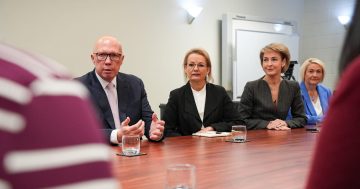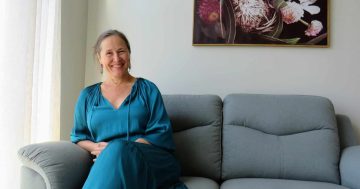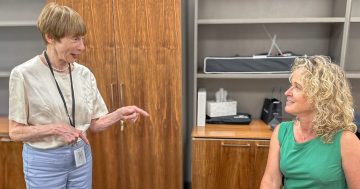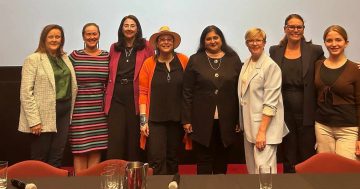With more women being harassed and tracked in an ‘explosion’ in tech-based abuse, Alicia Bridges* says lawyers in Western Australia are calling for government spending to connect domestic violence support services with the IT sector.
 Spyware on mobile phones. GPS trackers attached to vehicles. Cameras in children’s toys.
Spyware on mobile phones. GPS trackers attached to vehicles. Cameras in children’s toys.
These are some of the ways women are being stalked and harassed, according to the lawyers who represent them, and the academics who study technology-based abuse.
Family lawyer Catherine Leach, of Leach Legal in Perth, said she had seen a “big explosion” in technology such as apps, GPS trackers and cameras being weaponised against her clients by domestic abusers and stalkers.
“One client in particular, her husband sent her a photo of the children, which she opened, and that activated some sort of spyware that then got uploaded onto her phone,” Ms Leach said.
“And he was then able to access her phone without her knowledge.”
The federal government recently announced a $104 million budget allocation for a “technology-focused” package to keep women and children safe from domestic and sexual violence.
This included $54.6 million for security assessments to sweep women’s homes for cameras and bugs and ensure their phones were safe from spyware and tracking.
A national survey of domestic and family violence agencies last year found more than two-thirds of service providers had reported an increase in clients during the pandemic.
Surveillance can instil more fear than physical violence
Chief executive of Women’s Legal Service WA Jennie Gray said for many victim-survivors, this level of surveillance actually instilled more fear in them than physical violence.
“This is all part of a coercive control dynamic,” she said.
The funding package would also endeavour to raise community awareness of tech-facilitated abuse.
Ms Leach said one of the biggest challenges for victim-survivors of tech-based abuse was not being believed.
Husbands “very frequently” built a picture of the wife as having a mental illness, she said.
“So, you get people who don’t believe these women and they start saying, ‘You’re just being paranoid, it’s not a conspiracy theory, he’s not tracking you’,” Ms Leach said.
“And people just don’t take it seriously.”
Dr Gray said there was “an uneven response” when women took these kinds of cases to the police.
Checking phones for spyware
Ms Leach recommended clients who suspected they were being tracked to take their phone to a mobile phone store to check for spyware.
She said one client who suspected there was spyware on her phone made mention of something in a text specifically to test if her stalker knew about it.
“And then it came up in his conversation and so she knew then that he was spying on her,” she said.
Colleen Fisher, head of the School of Population and Global Health at the University of Western Australia, started researching violence against women in the 1990s.
She said any government spending on tech-based abuse should focus on connecting domestic violence support services with the IT sector.
“People who work in this area traditionally — domestic violence professionals, legal people, what have you — we don’t have that technological expertise,” Professor Fisher said.
Cameras in children’s toys
She has been studying tech-based abuse with colleagues from the University of Sheffield in the UK and said the types of abuse ranged from using geolocation through Facebook photos to cameras being hidden behind photos.
“It’s quite often reported that children, for example, go on an access visit and they’ll come back and then all of a sudden the perpetrator keeps turning up at places that the woman’s at,” Professor Fisher said.
“What happened is, during that access visit, there might have been a tracking device put into the toys or something like that.”
Dr Gray said the new measures to be funded by the federal government’s budget allocation would need to be accessible in ways that did not put the victim survivor in additional danger.
“We need to make sure that this kind of support is accessible in multiple ways, and through multiple agencies, and through multiple mechanisms,” she said.
She said support systems, such as services that looked for spyware on women’s phones or swept their homes for cameras, should be developed in consultation with victim survivors.
The federal Minister for Women’s Safety, Anne Ruston, said the funding would provide victim-survivors with access to technology safety specialists.
“We want to support women and children to remain in their home — or a home of their choice — where it is safe and appropriate to do so, through safety planning and the provision of personal safety alarms, security cameras, dash cameras and other technology solutions,” she said.
*Alicia Bridges is a digital reporter for ABC Radio Perth. She has worked as an investigative journalist, producer and podcast host in Canada and Western Australia.
This article first appeared at abc.net.au.











